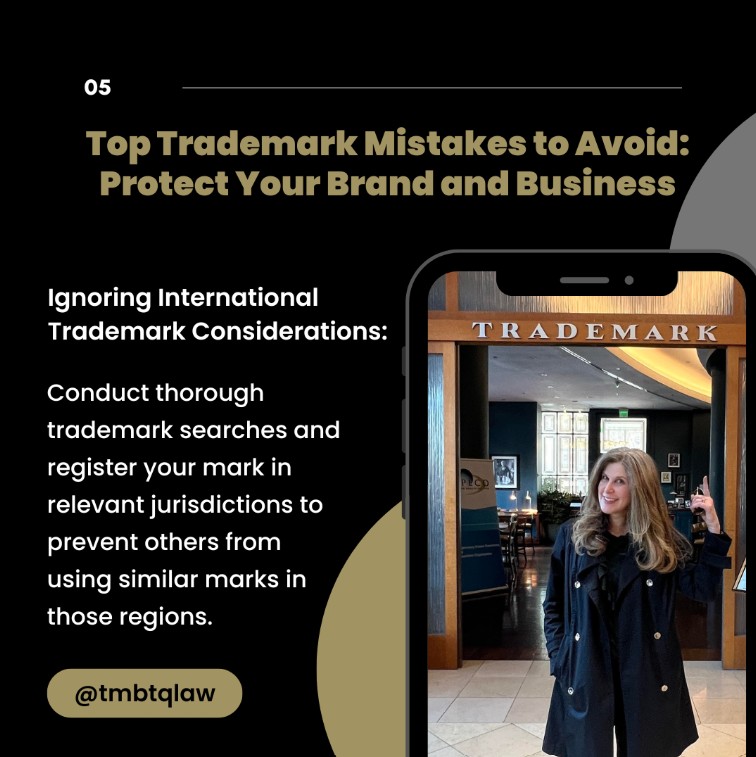You have put a lot of effort into developing your brand and a following of devoted customers as a business owner. Your brand serves as a symbol of the value and quality that your company offers to its clients, thus it must be protected. Unfortunately, copycats can damage your brand’s reputation and financial success by using its trademark without permission. When a third party uses a trademark that is identical to or confusingly similar to yours without your consent, this is known as trademark infringement and might lead to consumer confusion.

Let’s look at four ways to secure your company against trademark infringement and copycats.
1) Register Your Trademark
The first step in protecting your brand is to apply for registration of your trademark with the U.S. Patent and Trademark Office. Trademark registration provides legal protection against unauthorized use of your brand by others. It gives you exclusive rights to use your trademark in connection with your products or services and prevents others from using similar marks that could cause confusion among consumers. Registering your trademark also allows you to take legal action against infringers, which can help deter copycats from using your brand.
2) Monitor Your Trademark
Monitoring your trademark is crucial in detecting infringement early and taking quick action to prevent further damage. You can monitor your trademark by conducting regular searches on the internet, social media, and online marketplaces to detect unauthorized use of your mark. You can also hire a trademark monitoring service or law firm to monitor your mark for you.
3) Respond to Infringement
If you detect infringement, it’s important to take action immediately. Ignoring infringement can lead to a loss of revenue, brand dilution, and legal action that may be more difficult to win. The first step in responding to infringement is to send a cease and desist letter to the infringer, demanding that they stop using your trademark. If the infringer does not comply with your demand, you may need to take legal action to protect your rights.
4) Enforce Your Trademark
Enforcing your trademark rights is critical in maintaining its value and preventing future infringement. If you do not take action against infringers, the lack of action can create a precedent that allows others to use your mark without permission. Enforcing your trademark rights means taking legal action against infringers, whether through a cease & desist letter, an opposition before the Trademark Trial and Appeal Board, or taking action in court if necessary. It also means educating your customers and employees about your brand and its value, so they can recognize and report any infringement.
In conclusion, Trademark infringement can threaten the value of your brand and the success of your business. Protecting your trademark requires registering it, monitoring it, responding to infringement, and enforcing your rights against others. By taking these steps, you can protect your business from copycats and maintain the integrity of your brand.



